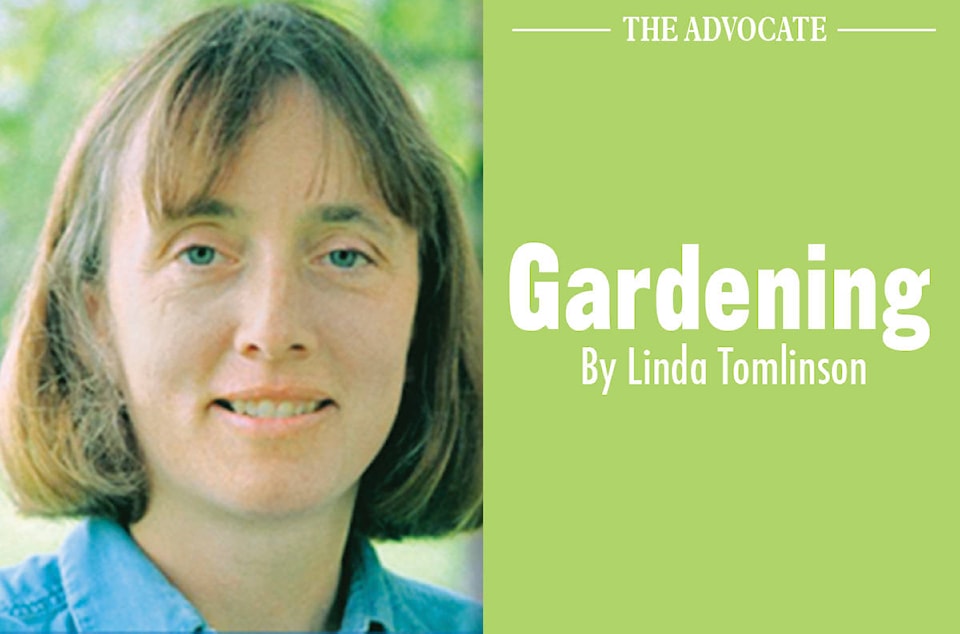Perennials are herbaceous plants that die back to the ground each fall and put out new growth in the spring. They are available in all sizes, colours and shapes. When and how long they flower, size of the blooms and longevity of the plant differs with each species and variety. Some perennials can live for over 20 while others will die out after five.
Perennials, with the exception of those with a taproot, are easy to propagate by division.
How to divide perennials is determined by the plant’s basic root structure.
To divide a clump forming perennial dig up the entire root and either cut the root apart with a sharp knife or separate smaller clumps by pulling. To be viable, each clump must have at least one eye or shoot. Make sure each new plant has an eye or is growing shoot. A less invasive alternative is to slice off a section of the plant and backfill the hole with good soil. Clump forming perennials can either be split in the spring or fall.
Low growing, spreading groundcover can be split without removing the original plant. Look carefully at the plant to find where it is rooted and scoop up the plant and roots. If the section that is spreading across the garden has not rooted, remove a portion foliage and place flat in the new location. Place soil over the ends and keep it moist. Spring is usually the best time to divide ground cover as the plant has time to develop new roots before it goes dormant.
Plants also spread via underground rhizomes meaning that smaller plants will appear beside the parent plant. Dividing this plant is as easy as digging up the offshoot and cutting the connecting root.
Beware of plants that spread too quickly by underground rhizomes as they can take over a flowerbed. These plants work well when used in a mass planting in the shade, on slopes or in poor soil.
Bearded Irises have fleshy rhizomes that sit at soil level. To divide these plants, dig up the roots, and cut the fleshy rhizomes with a sharp blade. Each section must contain an eye or shoot. Replant at the same depth as they were growing previously.
When dividing bulbs, take care not to injure the bulb when removing it from the ground. Remove excess soil and pull the bulbs apart. Each healthy bulb will produce a plant with the larger bulbs producing more flowers. Traditionally, bulbs are transplanted and divided in fall but with care, it can be accomplished during spring.
What to do with extra plants is always a dilemma. Often they can be used in another section of the garden. When this is not the case give them to friends or neighbours. Many communities have plant exchanges that are open to the public. Here plants can be brought in traded, exchanged or purchased. As the plants have been grown locally, they should be hardy in the area.
Linda Tomlinson is a horticulturalist who has gardened in central Alberta for over 30 years. She can be reached at your_garden@hotmail.com.
